So, you’re going on a hike and you need to pick out the perfect pair of hiking pants? It can be overwhelming considering all the types of materials available – nylon, polyester, cotton, solar shield fabric… Knowing which material will provide both comfort and durability during your outdoor journey is important. To help narrow down your search for the best choice in hiking pants let’s compare two popular fabrics – nylon vs. polyester – so you’ll be sure to select apparel that’ll last and keep up with all aspects of your adventurous lifestyle!
How to Pack for a Hike?
As an avid hiker, packing the right gear can make or break your day out in the wild. The best way to ensure that you have all the essential items for a safe and enjoyable hike is to create a checklist of items you always need with you on every trek. [1]
Here are some things to consider when packing for your next adventure:
- Clothing and Footwear: Make sure to pack clothing appropriate for the weather conditions you will be hiking in. Include an extra layer of warm clothes, like a jacket or fleece, even if it looks like it’s going to be nice out. Never underestimate the power of Mother Nature! You should also bring a waterproof windbreaker and sturdy shoes or boots with good ankle support.
- Gear: When it comes to gear, you want to make sure you bring the essentials. A compact first-aid kit is essential for minor injuries that may occur on the trail, and a flashlight or headlamp with extra batteries come in handy should your hike go longer than expected. Additionally, don’t forget some snacks and water, a topographic map of the area you’re hiking in, and a compass or GPS unit.
- Miscellaneous Items: Other items to consider packing are insect repellent, sunscreen, sunglasses, hats for sun protection, whistle (for signaling for help), bathroom tissue/wet wipes and hand sanitizer. If it’s an overnight trip, don’t forget a lightweight tent, sleeping bag and pad. [2]
Top 10 Things You Must Take on a Hike
Whether you’re a novice hiker or an experienced one, it’s always important to bring the right equipment on your next outdoor adventure. Here are the top 10 items that every hiker should never leave home without:
- Navigation Equipment – A map and compass or GPS device are essential for staying on track during your hike. Don’t rely on your smartphone to be your only source of navigation; its battery life might not last as long as you’d expect. [3]
- Adequate Clothing – Make sure you’re prepared for any kind of weather by bringing along a hat, gloves, layers and waterproof clothing. This will help keep you dry and warm throughout the hike.
- Sunscreen – Protect your skin from the sun’s UV rays with a strong SPF sunscreen.
- Water and Snacks – Staying properly hydrated is crucial during any outdoor activity, so make sure you bring enough water with you. Bring some nutritious snacks to fuel up for the hike as well.
- First Aid Kit – In case of minor scrapes and cuts, it’s best to be prepared with a first aid kit. Include bandages, antibiotic ointment, pain relievers and antiseptic wipes in your kit.
- Flashlight – A good flashlight or headlamp will help you see better at night if you’re camping outdoors. Make sure the batteries are new!
- Bug Repellent – Avoid bug bites by applying an appropriate insect repellent to exposed skin.
- Multi-tool – A small, lightweight pocket knife or multi-tool is always useful for minor repairs on the trail.
- Firestarter – Bring along a fire starter if you plan on making a campfire at night. This could come in handy if you get lost and need to make a signal fire.
- Whistle – A whistle is great for making loud noises in case of an emergency. Three short blasts on the whistle can alert any rescuers nearby. [4]
How to Pick the Best Pair of Hiking Shoes?
Picking the right pair of hiking shoes is essential for any outdoor enthusiast. There are many factors to consider when selecting a good hiking shoe, such as cushioning, support, traction, and waterproofing. Here’s what you need to know before making your purchase!
Cushioning
Cushioning is an important factor in picking out a good pair of hiking shoes. It will help absorb shock and reduce foot fatigue during long hikes. Look for shoes that have cushioning in the midsole, arch, and heel areas. This will provide maximum protection against hard terrain and enable you to walk farther without feeling discomfort.
Support
Good support is also essential for a comfortable hiking experience. Look for shoes with a supportive sole and heel cup that provide stability on uneven terrain. The upper part of the shoe should also have adequate padding to keep your feet secure and supported throughout the hike.
Traction
Traction is key for safe hiking, especially when traversing steep or slippery surfaces. Look for shoes that have grip-enhancing outsoles and soles made from rubber or other abrasion-resistant materials. This will give you the traction you need to confidently navigate difficult terrain.
Waterproofing
It’s essential to look for a pair of waterproof hiking shoes if you plan on going out in wet conditions. Look for shoes that are equipped with water-resistant technology such as Gore-Tex, which will keep your feet dry and comfortable no matter what the weather throws at you. [5]
Things to Consider Before Choosing Any Type of Hiking Pants
Whether you are a beginner or an experienced hiker, having the right type of pants can make all the difference in your outdoor experience. Therefore, it is important to take your time when considering what type of hiking pants will be best for you. Here are some things that you should consider before making any purchase:
- Comfort – Make sure the pants are comfortable to wear. You will be trekking for long hours, so it is important that they fit properly and don’t cause any irritation or discomfort.
- Durability – It is important to check the fabric of your hiking pants to ensure they can withstand harsh terrain and exposure to elements like rain or heat. Look for fabrics with a high thread count and breathable material.
- Protection – Your pants should offer protection from things like thorns, rocks and other obstacles you may encounter while hiking. Look for materials with a tight weave or reinforced areas that will ensure your legs are safe from any type of potential injury.
- Style – Hiking pants come in many styles and colors, so make sure to choose one that fits your personal style and taste.
- Cost – Consider how much you are willing to spend on the pants. Make sure you get a good quality product without breaking your budget. [6]
What Materials Are Most Suitable for Hiking Pants?
When it comes to selecting the right pair of hiking pants, there are several materials to choose from. Each material offers its own unique benefits and features that you should consider before making your purchase. Here are some of the most popular materials used in hiking pants:
- Cotton: Cotton is a lightweight, breathable fabric that is often used in warmer climates. It is also highly absorbent, making it a popular choice for hot days.
- Nylon: Nylon is a strong and durable fabric that is resistant to water and stains. It has the added benefit of being lightweight and breathable, making it an ideal material for those who are looking for comfort and performance during their hikes.
- Polyester: Polyester is strong, lightweight and quick-drying material that is often used in performance-oriented hiking pants. It offers excellent breathability and comfort, making it a great choice for long hikes or difficult terrain.
- Spandex: Spandex is a synthetic fabric that is stretchy and lightweight. It offers superior flexibility and range of motion, which makes it an ideal choice for those who want to move freely while hiking.
- Wool: Wool is a natural fabric that is highly breathable, moisture-wicking and temperature-regulating. It has the added benefit of being soft and comfortable, as well as providing some insulation on colder days. [7]
Nylon Hiking Pants: Pros and Cons
Nylon hiking pants are a popular choice for those looking to explore the outdoors. They offer protection from the elements, breathability, and durability, so it’s no surprise that they’re one of the most common materials used for outdoor apparel.
Pros of Nylon Hiking Pants
- Durability – Nylon is an extremely durable material, making it ideal for the rougher outdoor activities that often require additional protection. This makes them perfect for hiking and other outdoor activities as they can take quite a bit of wear and tear without being easily damaged.
- Breathability – Nylon fabric is also highly breathable which helps to keep you cool and comfortable during long periods of activity. This makes it a great choice for warm weather hikes or activities that require high levels of physical exertion.
- Water-Resistant – Nylon is also naturally water-resistant, so it’s perfect for rainy days or when you’re exposed to wet conditions. It will keep you dry and comfortable while still allowing enough breathability to prevent overheating.
- Lightweight – Nylon is also lightweight, making it easy to carry on long hikes or backpacking trips. This makes them an ideal choice for those looking for a comfortable but lightweight option that won’t weigh them down.
- Cost-Effective – Lastly, nylon hiking pants are typically much more affordable than other materials which makes them great for those with a limited budget who
Cons of Nylon Hiking Pants
- Abrasion Resistance – While nylon is highly durable, it’s not as abrasion-resistant as some other fabrics like Cordura or canvas. This means that its lifespan may be shorter than those other materials when exposed to prolonged wear and tear or harsh conditions.
- Odor Resistance – Another downside is that nylon isn’t as good at resisting odors as some other fabrics like merino wool or synthetic fabrics. This means that they may need to be washed more often if you’re engaging in activities with high levels of sweat or bodily fluids.
- Lack of Insulation – Lastly, nylon isn’t as good at providing insulation as some other fabrics like fleece or down. This means that it won’t keep you quite as warm in cold temperatures and may not be suitable for more extreme weather conditions. [8]
Polyester Hiking Pants: Pros and Cons
Polyester hiking pants are a popular choice among outdoor enthusiasts. They offer a range of benefits, but there are also some drawbacks to consider before making a purchase. Now, we’ll break down the pros and cons of polyester hiking pants so you can make an informed decision about your next pair of outdoor trousers.
Pros
- Durability: Polyester is a strong and durable fabric that can withstand wear and tear. It is also resistant to fading, pilling, and shrinking, so you won’t have to worry about your pants becoming worn or ill-fitting over time.
- Moisture Wicking: Polyester is a great material for wicking away moisture from your skin. This makes it ideal for those hot and humid hikes, as it will keep you cool and dry even if you sweat a lot.
- Lightweight: Polyester is lightweight and breathable, so your pants won’t weigh you down when trekking uphill or carrying supplies.
- Versatility: Polyester hiking pants are a great option for any season as you can layer them in colder months and wear lighter colors in warmer weather.
Cons
- Heat Retention: Polyester is not the most breathable fabric, so it can be uncomfortable to wear in hot temperatures as it will trap heat and make you feel stuffy.
- Prone to Snagging: Polyester is prone to snagging and tearing if you’re not careful. Be sure to take extra caution when walking through dense brush or climbing over rocks.
- Non-Biodegradable: Polyester is a synthetic fabric that does not biodegrade, so it can have an environmental impact if disposed of improperly. [9]
Nylon Hiking Pants or Polyester Hiking Pants: Which One to Go For?
Nylon is a lightweight fabric that offers great breathability and durability. It resists abrasion and stands up well to wear and tear. It’s also quick-drying, making it an ideal choice for hot or humid climates. The downside is that nylon can be more expensive than polyester, as well as slightly less insulating in cold temperatures.
Polyester, on the other hand, is a durable fabric with excellent water repellency and insulation properties. It doesn’t absorb moisture like nylon does, so it’s a great choice for damp climates. Polyester also tends to be less expensive than nylon and offers a wider range of colors and prints. The downside is that it can be slightly heavier and not as breathable.
Also take into account fit and comfort when choosing hiking pants. Make sure they are loose enough to allow air to circulate around your legs while still fitting snugly enough not to be restrictive or uncomfortable. Opt for adjustable waistbands and legs, as well as features like gussets that provide extra coverage when kneeling or crouching.
Сonsider investing in a pair of hiking pants with features like pockets and cuffs to make your journey even more enjoyable. Pockets are great for storing small items such as snacks, maps and compasses. Cuffs help guard against ticks, thorns and other plant-based hazards while you’re out in the wilderness.
With a bit of research and consideration, you can determine which type of hiking pants best fits your needs. Whether you choose nylon or polyester, make sure your chosen fabric meets all your needs for comfort, style and protection from the elements. [10]
FAQs
What is the best material for hiking pants?
The best material for hiking pants depends on what type of hiking you are doing, as well as factors such as how long you plan to hike, the weather conditions, and your personal preferences. Generally speaking, nylon and polyester are both great options for outdoor activities like hiking. Nylon is lightweight and breathable, while polyester is more durable and resistant to water. Ultimately, the decision comes down to your individual needs and preferences.
Are polyester pants good for hiking?
Yes, polyester pants can be an excellent choice for hiking. Polyester is a lightweight fabric that offers good breathability and ventilation. It’s also quick-drying, which makes it a great option for hikers dealing with wet weather or high humidity. However, nylon is more durable than polyester, so it’s perfect for extended hikes that involve lots of physical activity. It also provides good breathability and ventilation, making it comfortable to wear while hiking in warm weather. The downside of nylon is that it doesn’t dry as quickly as polyester, so it’s not ideal for hikes in wet or humid conditions.
When deciding which type of hiking pants to buy, consider your budget and how often you plan on using them. If you only go on short hikes a few times a year, polyester may be the better choice as it’s more affordable and still offers good breathability and comfort.
Is nylon better quality than polyester?
Nylon is known as a durable material that can withstand wear and tear. It also offers great protection from the elements, including wind, rain, snow and sun. Nylon pants provide good insulation against cold temperatures and help to keep the body warm in cold weather. Nylon is also lightweight, making it a great option for hikers who don’t want to be weighed down by heavy clothes.
Polyester is also a popular choice for hiking pants as it is lightweight and offers protection against wind, rain and snow. It is also breathable and resists wrinkles which make it comfortable to wear for long periods of time. Additionally, polyester is typically more affordable than nylon and is easier to care for as it can be machine washed.
When choosing between nylon and polyester hiking pants, it ultimately comes down to personal preference and what the hiker needs out of their clothing. Both materials offer good protection from the elements and are durable enough to withstand wear and tear. They also provide good insulation in cold weather, making them a great choice for any outdoor activity.
What is the best fabric for thru hiking?
Nylon and polyester have their own advantages and disadvantages as far as durability, weight, breathability, and comfort. In this article, we’ll explore both of these materials in order to help you make the best decision when selecting a pair of hiking pants.
Nylon is a tightly woven fabric that is lightweight, strong, and highly abrasion resistant. This makes it perfect for hikes that involve lots of climbing or scrambling over rugged terrain where you don’t want to worry about tearing your clothing. Nylon is also water-resistant so it won’t get weighed down by moisture during wet weather conditions. The downside to nylon, however, is that it can be clammy and uncomfortable when you’re sweating, as the fabric doesn’t wick away moisture very well.
Polyester, on the other hand, has become increasingly popular for thru-hiking due to its lightweight construction and breathability. Unlike Nylon, Polyester is highly breathable which means it won’t trap sweat and can help keep you cool during hot weather. It’s also less likely to rip or tear due to its strength, making it a great choice for thru-hikers who want an extra layer of protection. The downside is that Polyester isn’t as water resistant as Nylon and can become heavy when wet, so you may want to choose a pair of pants that have an additional waterproof shell.
Useful Video: NYLON VS POLYESTER – THE ULTIMATE SHOWDOWN
To Sum Up
Overall, both nylon and polyester hiking pants have distinct advantages and disadvantages. Whether you are a seasoned hiker or just starting out on the trails, the right pants for a comfortable hike will depend on your individual needs. Consider factors like breathability, durability, price point, and water-resistance to help guide your selection when choosing between nylon and polyester hiking pants. The inner athlete in you may be calling for some truth in all matters of hike gear — that sometimes there is no one single golden answer. Experience-backed intuition can help inform your choices more than opinion alone – seek advice from experienced hikers and friends before making your purchase decision. From travel savvy weekend warriors to weekend luxuriates who need maximum protection against windy alpine regions – the options are plentiful! With so many choices at your fingertips to sort through, make sure to take the time to find what will work best for you.
References:
- https://www.rei.com/learn/expert-advice/day-hiking-checklist.html
- https://www.backpacker.com/skills/beginner-skills/packing/going-on-your-first-hike-heres-what-to-pack/
- https://americanhiking.org/resources/10essentials/
- https://www.cleverhiker.com/blog/ten-things-you-should-bring-on-every-day-hike
- https://www.salomon.com/en-dk/outdoor/outdoor-advice/how-choose-your-hiking-boots
- https://mallofnorway.com/how-to-choose-the-ultimate-hiking-pants/
- https://www.thegreatoutdoorsmag.com/skills/gear-skills/best-materials-for-hiking-trousers/
- https://hikingdiary.com/nylon-vs-polyester-hiking-pants/
- https://trailandsummit.com/is-polyester-good-for-hiking-and-backpacking/
- https://grandcircletrails.com/nylon-vs-polyester-hiking-pants/


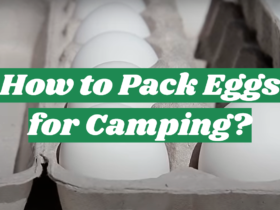

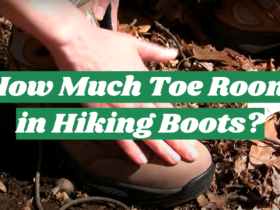



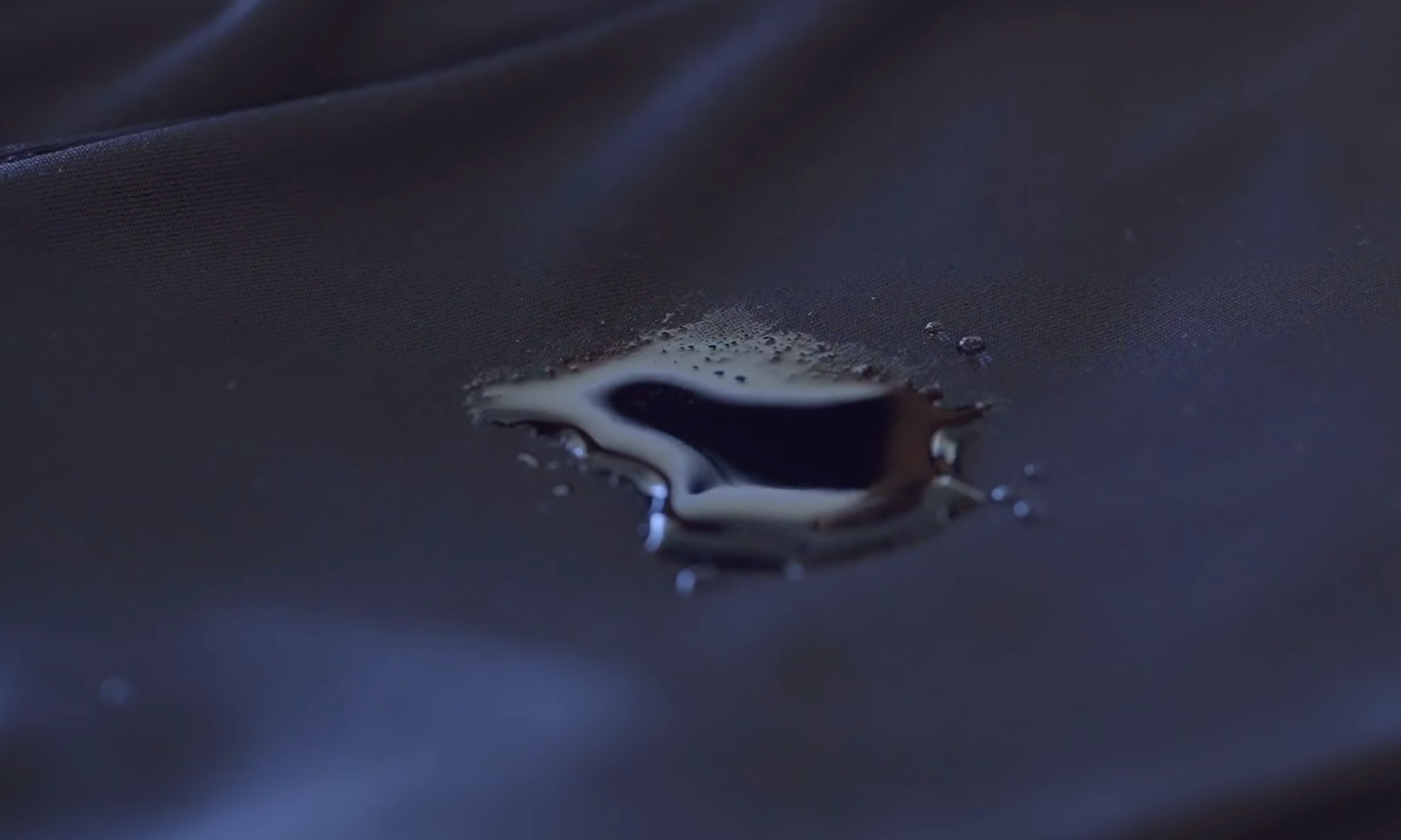
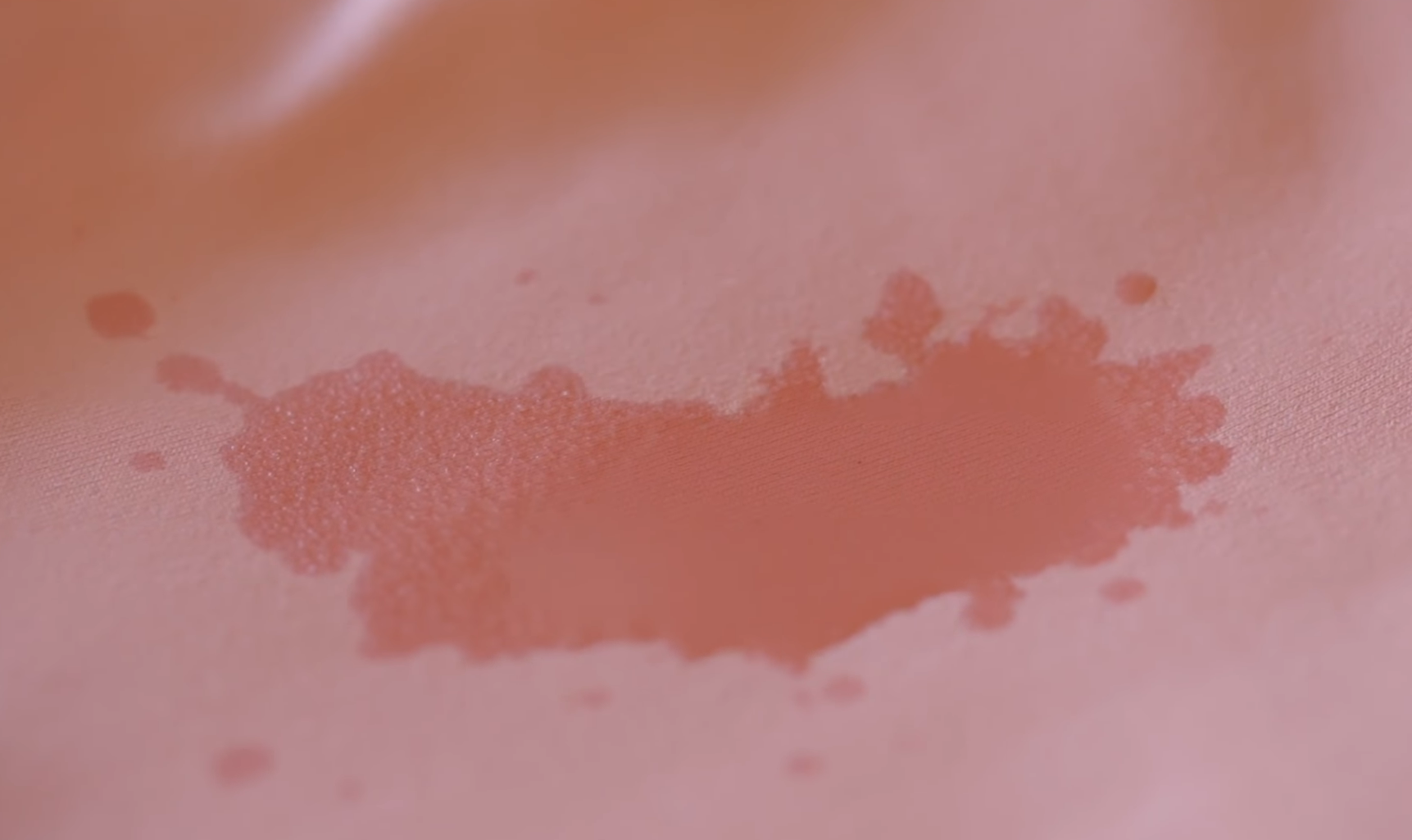
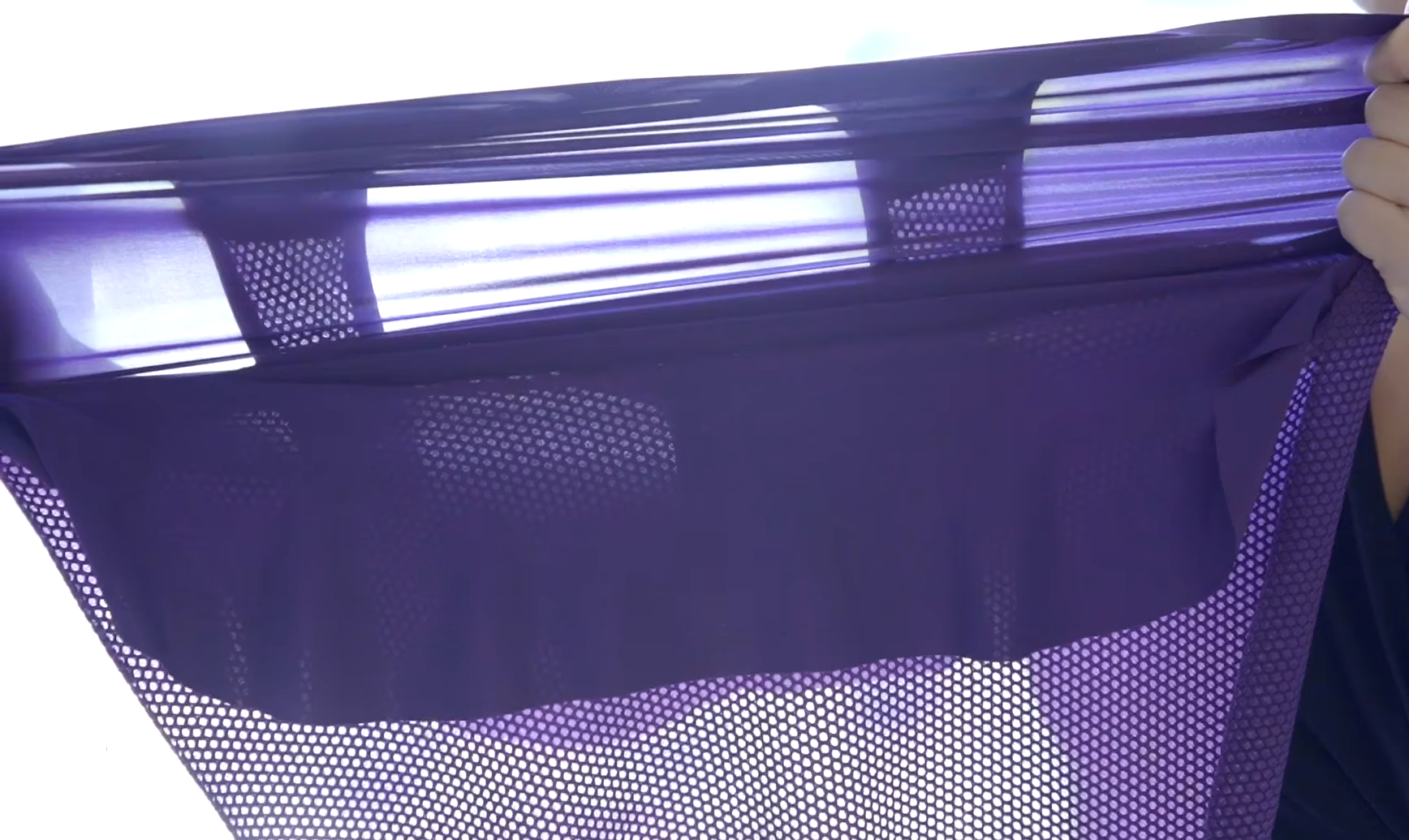
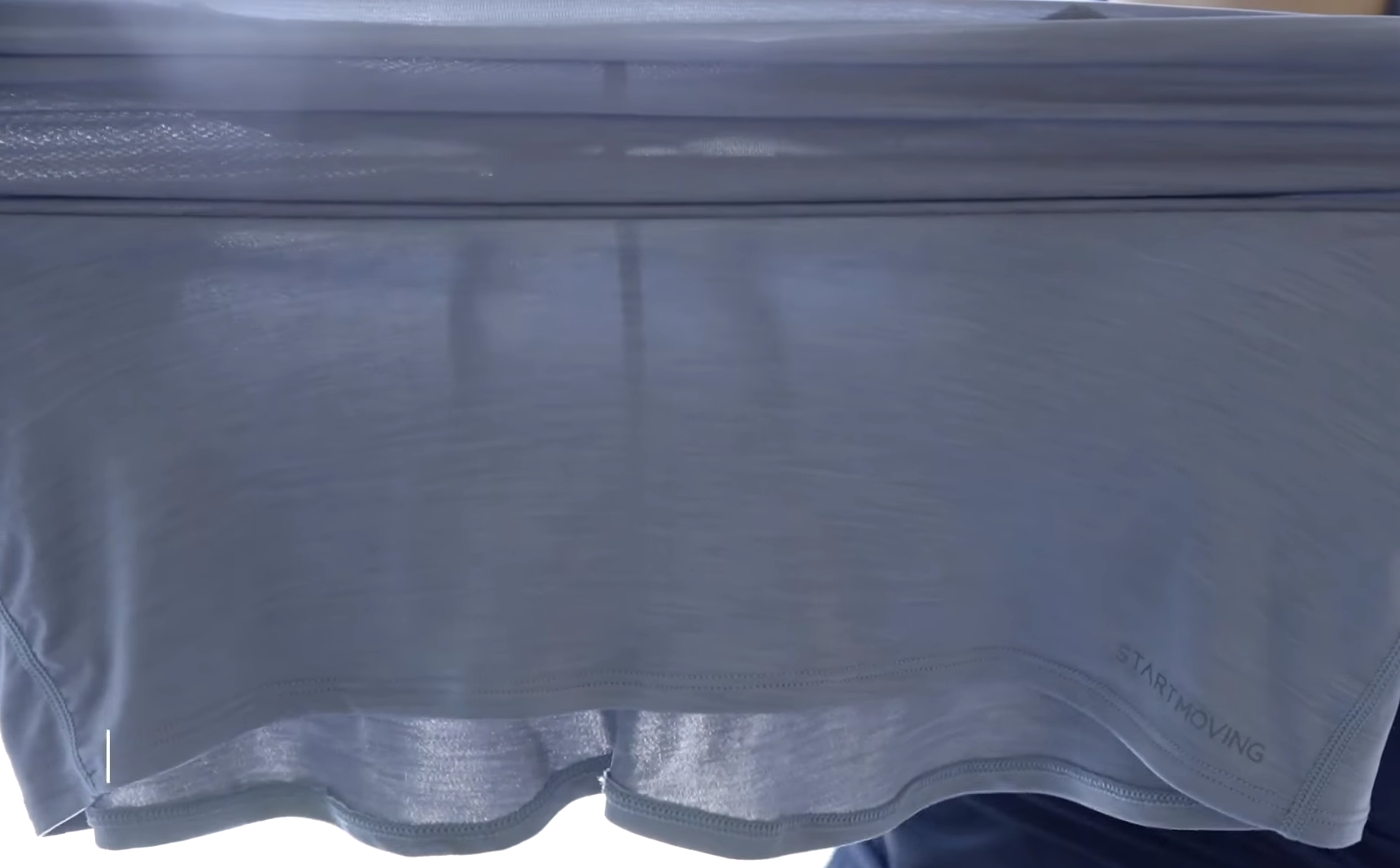


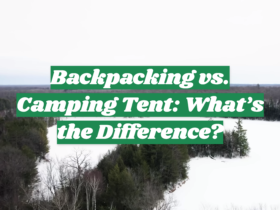

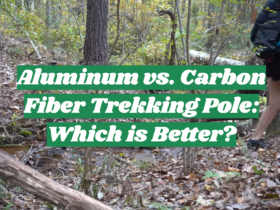
Leave a Review